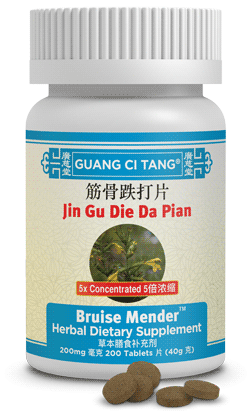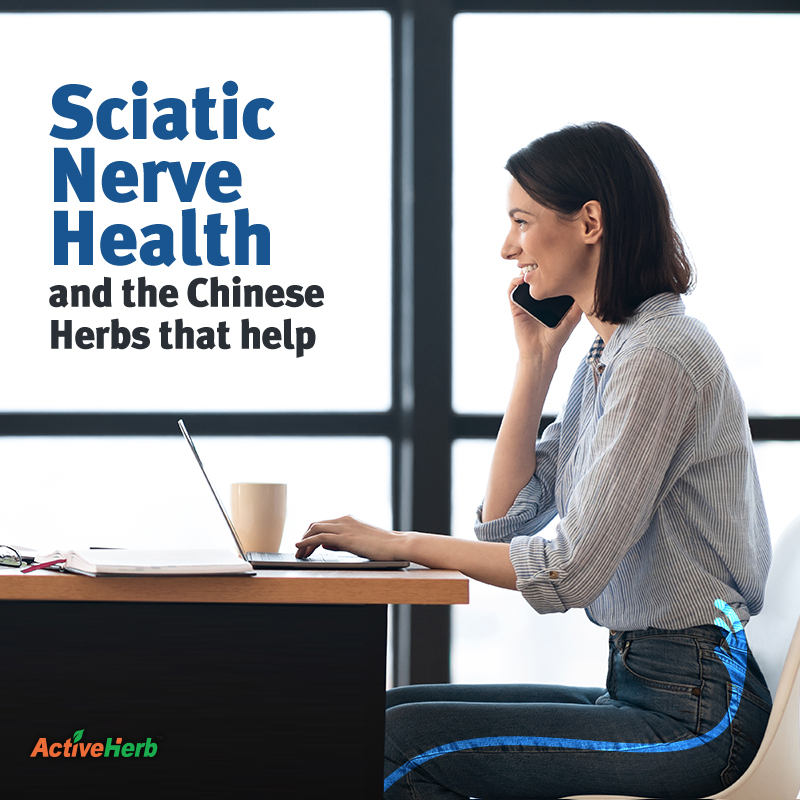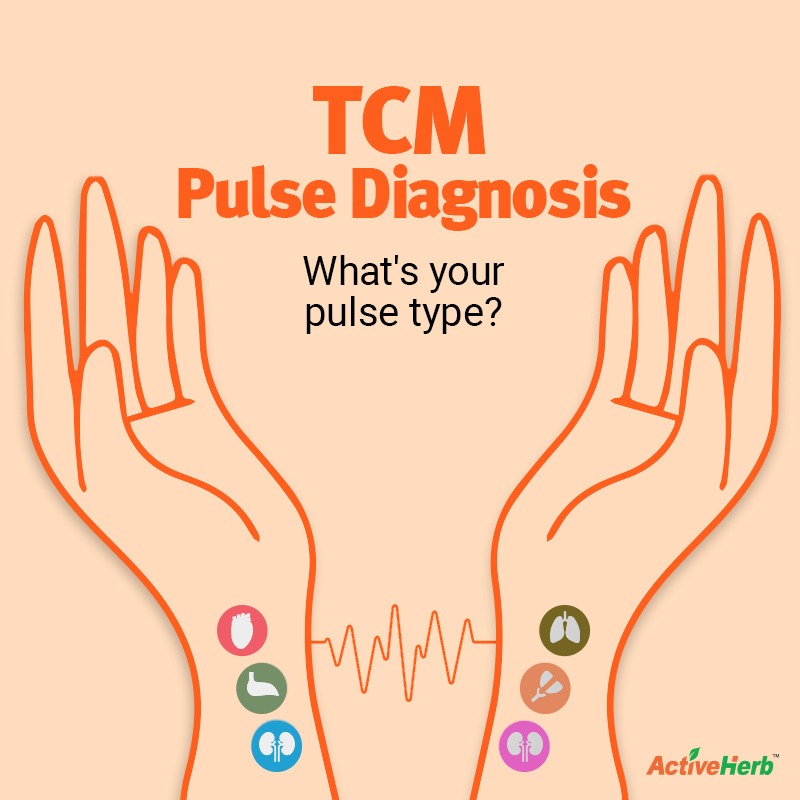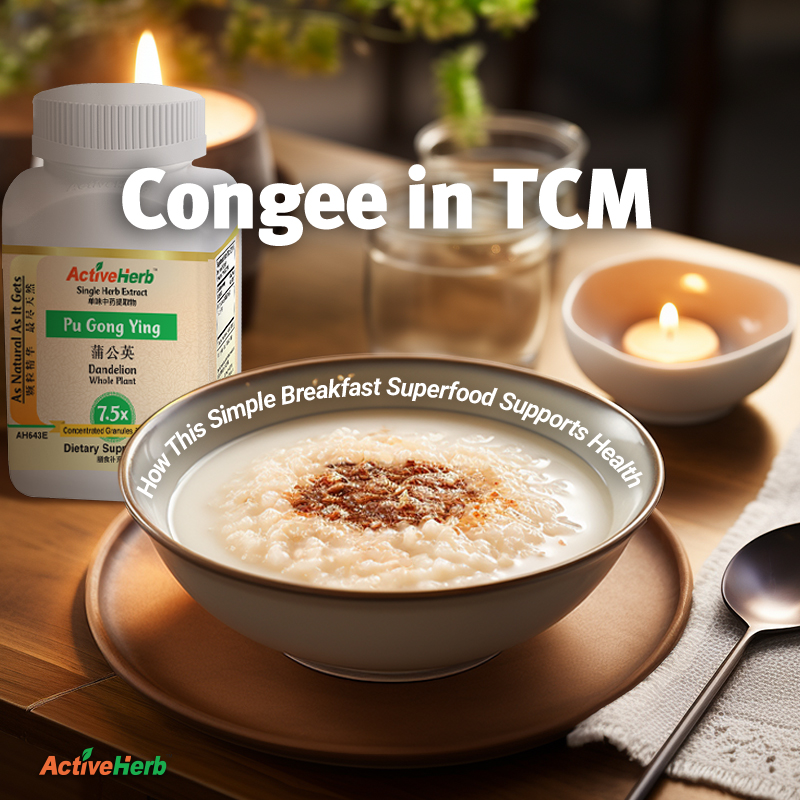Heat vs Ice: How Does TCM Help Sports Injury Recovery?
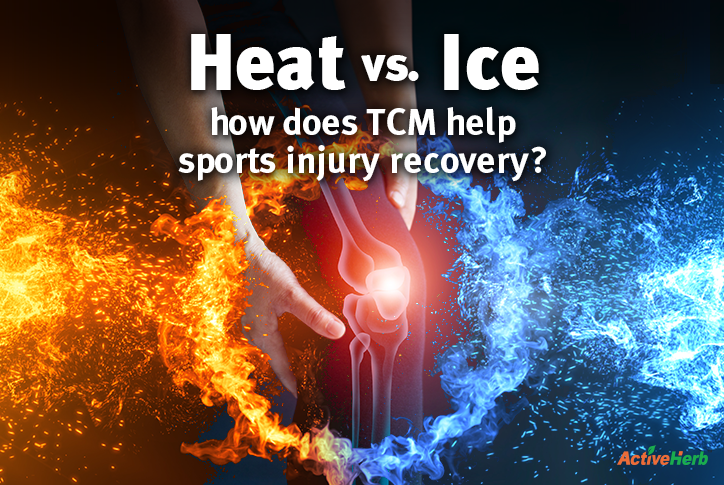
So you went a little overboard with the pickleball trend. Like millions of other people you caught the pickleball bug. After all, it’s the fastest growing sport in America. But playing six days a week took too much of a toll on your body.
And so now, your joint is puffy, sore and a little bruised. So what should you do to get back on the court in the shortest amount of time? Do you use heat or ice? Do you use ancient, time-tested methods from the Orient to recover? Or, do you use a more modern, therapeutic approach … or a combination of the two?
Ultimately, that decision will be entirely yours. But let’s see what Traditional Chinese Medicine (TCM) theory has to say about sports injury rehab…
Does TCM Use Heat Or Ice For Acute Injuries?
If you consult the Yellow Emperor’s Classic of Internal Medicine, you certainly won’t find any references to pickleball, much less any other sports. Roughly 2,200 years ago, when the magnum opus medical text was written, there weren’t many recreational opportunities to pursue, especially considering the era in which it was written: The Warring States period.
But thanks to the lessons learned from martial arts injuries, TCM has ancient lessons to draw from when it comes to healing superficial, external injuries.
In Western medicine, we have the latest technology and exercise rehabilitation techniques to help us get back on the pickleball court (or golf course, etc.). Certainly, both Eastern and Western medicine have their place. But the question most people have on their mind as soon as they experience an acute injury is…heat or ice?
In Western medicine, ice is most often used immediately after injury to skeletal muscle or connective tissue. However, in the ancient Eastern traditions, ice is rarely if ever used. Never mind the fact that up until a blink of an eye ago, finding ice cubes or cool packs in the Orient was as common as finding a pot of gold at the end of a rainbow.
Inflammation: Not Necessarily The Enemy in TCM for Sports Injury
But the real reason TCM doesn’t treat acute sports injuries with ice is because inflammation is not considered the evil enemy, such as is the case in Western medicine.
Rather, in TCM theory, inflammation is part of the body’s natural healing process. In fact, inflammation is the first crucial step in the recovery process. Without doubt, as in Western medicine the amount of inflammation is indeed a major factor in TCM. But to completely eradicate inflammation is anathema in TCM acute-injury-recovery theory.
Where TCM aligns with Western medicine is the importance of reducing swelling and pain. So why doesn’t TCM use ice? Well, besides the belief that a little inflammation can go a long way in the healing process, TCM eschews cold because, at least according to theory, the use of ice may actually interfere with the healing process.
You see, using ice for acute injuries can stagnate the flow of blood and Qi as well as other precious bodily fluids (such as sweat and saliva). Essentially, using ice in TCM theory is akin to freezing the healing process itself.
This is not to say that ice should never be used to reduce pain. After all, there’s a good chance you’ve personally experienced how ice can deaden pain after an acute mishap. However, temporarily deadening pain receptor signals only goes so far in the healing process.
How Does TCM Address Sports Injuries?
If there were no drug stores from which to purchase cold packs during the Warring States period, then how did the ancients recover from battle wounds? Well, they may not have had drug stores but they did have several options to choose from. This includes acupuncture; cupping; the application of herbal poultices to the injury site; internally consuming herbal preparations and perhaps most interesting of all: tofu.
Yes, believe it or not, using soy curds for bruises, strains and sprains was the equivalent of today’s cryotherapy. Why tofu? Well, after you’re done using it, you get to have a snack! Just kidding. The real reason tofu was used (and still is for people who want to keep it old-school) was because of Yin/Yang theory. The inflammation in a battle wound is very Yang, which is associated with heat. Whereas tofu is very Yin, so it is cooling in nature.
As far as acupuncture is concerned, it is best to receive regular treatments. But make sure you have them spaced apart, such as every other day. If you get too many treatments too often, it’s the equivalent of over-training at the gym. On the flip side, just getting one treatment a week will be like working out once a week: better than nothing, but you won’t get great results. And of course, expecting miracles from one treatment is the equivalent of working out once and hoping you’ll look like Arnold Schwarrzeneger in his heyday.
TCM Formula For Sports Injury Recovery
In order to fully recover from an injury, your meridians (energy channels) need to be clear of what TCM considers internal “schmutz.” We’re talking stagnant blood, wind, cold, dampness and phlegm. And one of the most time-tested herbal solutions that may promote blood circulation to remove Blood stasis as well as support the bones and tendons is a TCM formula called Jin Gu Die Da Pian.
ActiveHerb markets this formula as Bruise Mender, part of the Guang Ci Tang line of gold-standard TCM products.



